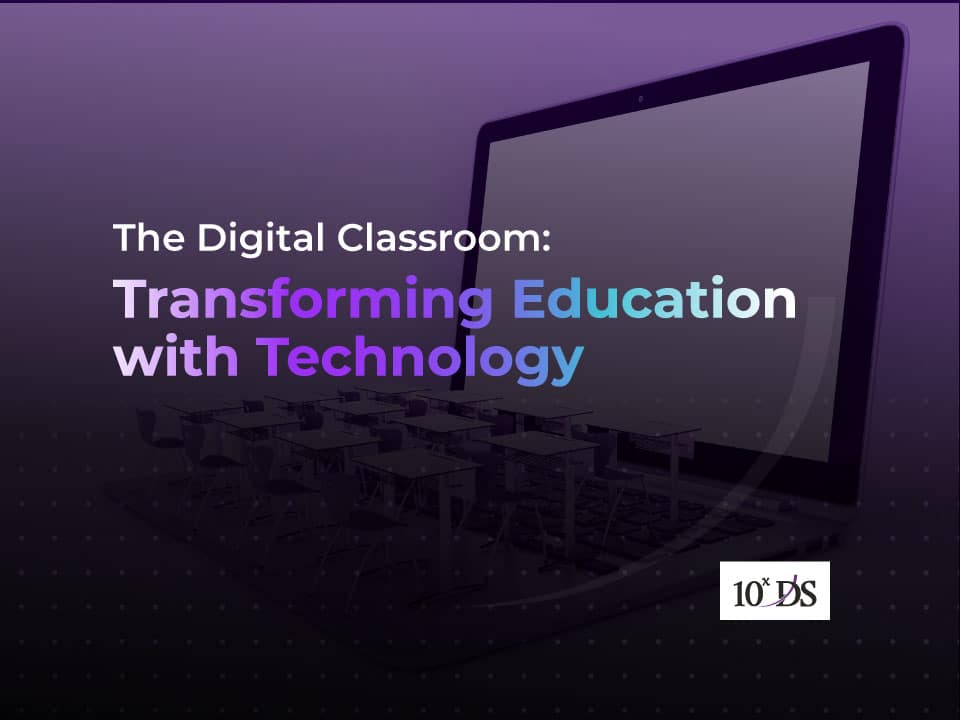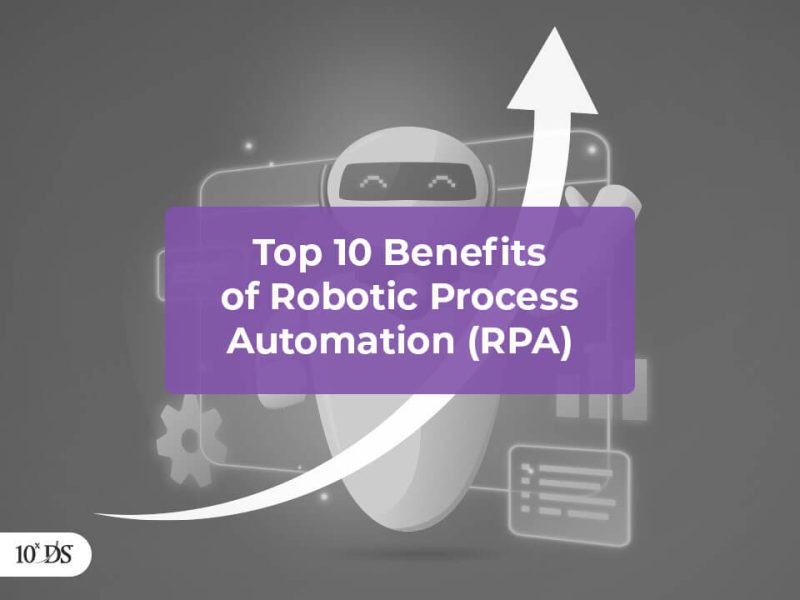
The Digital Classroom: Transforming Education with Technology
Technology integration in the education sector has become increasingly important in recent years, as technology has the potential to enhance teaching and learning experiences, increase student engagement and motivation, and provide opportunities for personalized learning. We see increased adoption of digital content and Learning Management Systems. Digital content such as e-books, videos, and online tutorials, can be accessed by students anytime and anywhere. Learning Management Systems enable teachers to manage and deliver instructional content and assessments and communicate with students and parents. Gamification, Virtual and Augmented Reality are explored by most institutions to suit the needs of new generation. With people-centric approaches gaining popularity, adaptive learning techniques are also used to personalize learning experiences, by identifying each student’s strengths and weaknesses and providing them with tailored instruction and support. Pandemic also forced online collaboration to new ways and tools such as discussion forums, wikis, and blogs enable students to collaborate with their peers and teachers, share ideas and feedback, and engage in group projects.
In this blog, we would like to discuss on automation of administrative tasks in education. Schools and educational institutions seek to streamline processes, increase efficiency, and reduce administrative burden on staff. Here are some examples of administrative tasks that can be automated in the education sector:
Student Records Management: Automation can be used to manage student records, including enrolment, grades, attendance, and disciplinary records, which can be accessed by authorized staff members through a secure online portal.
Human Resource Management: Automation can be used to manage the human resources of an educational institution, including recruitment, payroll, and benefits administration.
Financial Management: Automation can be used to manage financial operations such as budgeting, purchasing, invoicing, and accounts receivable.
Course Management: Automation can be used to manage course schedules, student registration, and course assignments, which can be customized and updated in real-time.
Communication and Collaboration: Automation can be used to facilitate communication and collaboration between staff members, students, and parents, including automated reminders, notifications, and announcements.
Reporting and Analytics: Automation can be used to generate reports and analytics, including student performance data, financial statements, and enrolment statistics, which can be customized and shared with authorized stakeholders.
Case Studies
Georgia State University has implemented an automated system called PantherPay, which streamlines financial operations such as billing, payments, and refunds. PantherPay has reduced the time and resources required for these tasks and has provided students with greater flexibility and convenience in managing their finances. Similarly, the University of Wisconsin-Madison has implemented an automated system called Courseleaf, which streamlines course catalog management, curriculum approvals, and academic program planning. Courseleaf has reduced the time and resources required for these tasks and has provided faculty and staff with greater visibility and control over academic program planning. 10xDS is currently working with a leading university in Bahrain in their end-to-end automation of the data update of Student grades from assessments in Learning Management System and Student Information Systems. The automated process is expected to significantly increase productivity and make the entire process error-free, efficient and accurate.
Automation of administrative tasks can provide numerous benefits to educational institutions, including increased efficiency, improved accuracy, and reduced administrative burden on staff. However, it’s important that staff members should be trained and supported in the use of automated systems. Technology integration in education is not without its challenges, including lack of infrastructure and resources, training and support for teachers, and concerns about student data privacy and security. Therefore, it’s important for education systems to carefully plan and implement technology integration strategies, and to provide ongoing support and training to all stakeholders involved.
Talk to our experts to know more.


